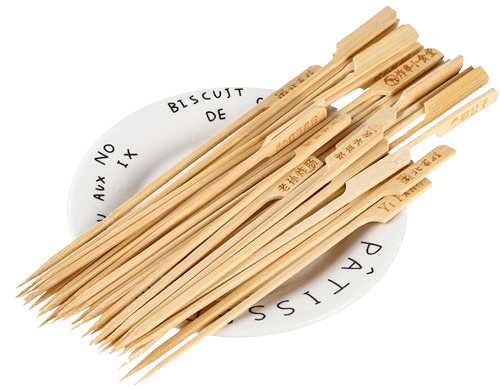After witnessing numerous product-related lawsuits, I’ve learned that one defective product can destroy an entire business.
Product liability insurance is a specialized coverage that protects businesses against claims related to product defects, injuries, or damages caused by products they manufacture, sell, or distribute.

Let me share my expertise from handling countless product liability claims and policies.
What Does A Product Liability Policy Cover?
I’ve seen firsthand how comprehensive coverage[^1] can save businesses from devastating losses.
Product liability policies cover claims arising from design defects[^2], manufacturing flaws[^3], inadequate warnings[^4] or instructions, and any resulting bodily injury or property damage.

Coverage Components Breakdown
-
Core Coverage Areas
Type Description Example Claims Design Defects Flawed product design Unstable furniture Manufacturing Flaws Production errors Contaminated food Warning Defects Inadequate labels Missing safety instructions Marketing Claims Misrepresentation False advertising Product Recalls Voluntary/mandatory Safety concerns -
Protection Elements
- Legal defense costs
- Settlement payments
- Medical expenses
- Property damage compensation
- Investigation costs
- Expert witness fees
My experience shows these coverages are vital for any business selling products.
What Is A Product Liability Example?
Throughout my career, I’ve encountered numerous real-world scenarios that highlight the importance of this coverage.
A classic example is when a consumer suffers burns from a defective coffee maker that overheats, leading to medical expenses, property damage, and potential legal action against the manufacturer.

Common Claim Scenarios
-
Industry-Specific Examples
Industry Scenario Typical Claim Value Electronics Fire hazards $50,000-500,000 Food/Beverage Contamination $25,000-1,000,000 Children’s Products Choking hazards $100,000-2,000,000 Furniture Collapse injuries $30,000-300,000 Medical Devices Malfunction $500,000-5,000,000 -
Claim Process Steps
- Initial incident report
- Product examination
- Expert analysis
- Causation determination
- Liability assessment
- Settlement negotiation
These examples reflect actual cases I’ve handled and demonstrate the range of potential risks.
When Would You Need Product Liability Insurance?
From my risk management experience[^5], this question is crucial for business planning.
You need product liability insurance if you manufacture, sell, or distribute any physical products, even if you’re just a retailer or didn’t manufacture the product yourself.

Business Risk Assessment
-
Risk Factors Matrix
Business Type Risk Level Insurance Need Manufacturers High Essential Retailers Medium Necessary Distributors Medium Required Importers High Critical Service + Products Medium Important -
Consideration Factors
- Product type
- Sales volume
- Distribution scope
- Contract requirements
- Industry regulations
- Past claims history
My work with various businesses has shown these factors are critical in determining coverage needs.
What Is Not Covered By A Product Liability Policy?
Understanding exclusions is as important as knowing what’s covered – I’ve seen many businesses caught off guard.
Product liability policies typically don’t cover intentional acts, professional services, warranty claims, product recall costs, or damage to the product itself.

Exclusions Analysis
-
Common Exclusions Table
Exclusion Type Description Alternative Coverage Intentional Acts Deliberate harm Not insurable Professional Services Consulting work Professional liability Product Recalls Voluntary recalls Recall insurance Product Performance Not meeting specs Warranty coverage Known Issues Pre-existing problems Not insurable -
Coverage Gaps
- Business interruption
- Reputational damage
- Loss of market share
- Employee injuries
- Environmental damage
- Cyber incidents
I always advise clients to understand these limitations and secure additional coverage where needed.
Conclusion
Product liability insurance[^7] is essential for businesses involved in product sales, providing crucial protection against defect claims and injuries, though understanding coverage limits and exclusions is vital.
---
[^1]: Learn about the various aspects of comprehensive coverage that can protect your business from significant losses.
[^2]: Discover how design defects can impact product liability claims and the importance of addressing them.
[^3]: Understand the types of manufacturing flaws that can result in liability claims and how to mitigate risks.
[^4]: Find out how inadequate warnings can lead to serious legal issues and how to avoid them.
[^5]: Understand the role of risk management in determining the necessity of product liability insurance.
[^6]: Explore the common exclusions to ensure your business is adequately protected against potential gaps.
[^7]: Explore this link to understand the fundamentals of product liability insurance and its importance for businesses.


